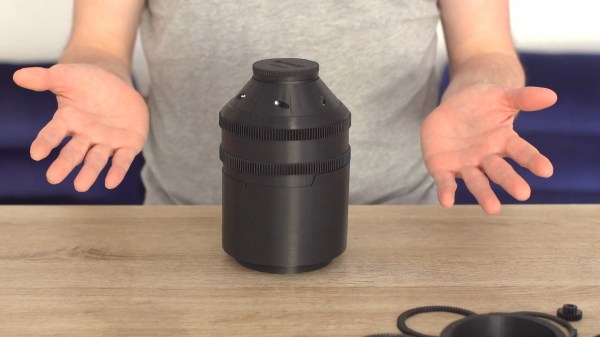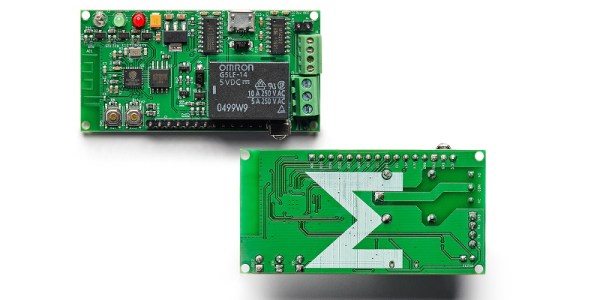Anamorphic lenses are a great way to shoot in widescreen, but they’re prohibitively expensive on digital formats. Enthusiasts have experimented with using anamorphic adapter lenses from old projectors, but focusing can be a chore and results sub-par. [Andrew] found a way to use these cheap old anamorphic adaptors on a modern camera without sacrificing too much functionality.

Anamorphic filming techniques came about in the era of film. The aim was to record cinema-style widescreen footage on 3:2 aspect ratio 35 mm film. The way this was done was by using a lens that squeezes a wide aspect ratio to fit the format, and then a corresponding lens to squeeze it back on the projector. This allows for higher resolution than simply letterboxing onto the 35 mm frame and wasting the extra space.
Adam’s hack involves 3D printing a lens housing that pairs an anamorphic projector adapter lens with a Sony E-mount taking lens. Gears are set up so that both lenses can be focused together, rather than typical adapter setups that require the user to juggle multiple focus rings at once. This makes the rig much more usable in real shoots where there’s no time for messing about.
It’s a useful hack, and one we could imagine quite a few low-budget filmmakers will be rushing out to replicate. Files are on Thingiverse for the eager. Consider whipping yourself up a camera slider while you’re at it for really boss shots. Video after the break.
Continue reading “An Anamorphic Lens Adapter For Very Pretty Video”














